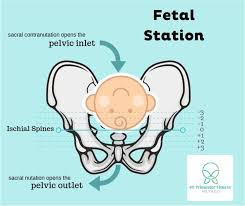Question
How much do active pelvic movements on a Swiss ball during labour affect maternal and neonatal outcomes?
Method
A randomised trial with concealed allocation, blinded assessors and intention-to-treat analysis.
Participants
Two-hundred parturient women.

Intervention
The experimental group performed pelvic anteversion and retroversion, lateral pelvic tilts and circular hip movements according to individual obstetric evaluation (foetal station and position, cervical dilatation and the presence of early pushing urge) on a Swiss ball. The control group received usual care. Both groups were permitted to walk and shower.
Outcome measures
The primary outcome was the duration of the first stage of labour. The secondary outcomes were the duration of the second stage of labour, pain intensity, delivery mode, medication use, local swelling, fatigue, anxiety, satisfaction and neonatal outcomes.
Results
The experimental intervention reduced the duration of labour by 179 minutes (95% CI 146 to 213) in stage one and 19 minutes (95% CI 13 to 25) in stage two. It decreased pain by approximately 2 points (95% CI 2 to 2) on a 0-to-10 scale at 30, 60 and 90 minutes. It reduced the risk of a caesarean section (ARR 0.14, 95% CI 0.03 to 0.25; NNT 7, 95% CI 4 to 32) and vulvar swelling (ARR 0.11, 95% CI 0.03 to 0.19; NNT 9, 95% CI 5 to 31). It reduced fatigue by 18 points (95% CI 16 to 21) on a 15-to-75-point scale and anxiety by 9 points (95% CI 8 to 11) on an 18-to-72-point scale. Other effects were negligible or unclear.
Conclusion
Active pelvic movements on a Swiss ball during labour reduced the duration of labour, pain intensity, and maternal fatigue and anxiety; they also lowered the risk of caesarean section and vulvar swelling. Several effects exceeded the smallest worthwhile effect.
 Blog de Fisioterapia Fisioterapia
Blog de Fisioterapia Fisioterapia



